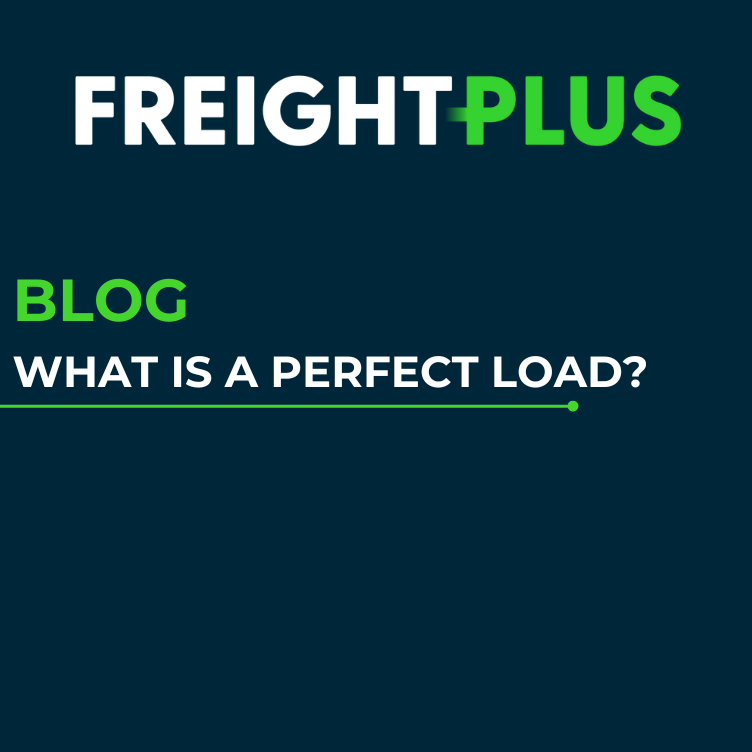The concept of a “perfect load” in transportation revolves around the optimal utilization of available space, weight capacity, and resources within a transport vehicle, such as trucks, planes, or ships. It’s about efficiently arranging and managing freight to achieve maximum efficiency and effectiveness during transportation. Here are key aspects of the concept:
- Space Optimization: Maximizing the use of available freight space within a transport vehicle to its fullest extent without wasted or unused areas.
- Weight Distribution: Ensuring the weight of the freight is evenly distributed and within allowable limits to maintain vehicle stability, safety, and compliance with regulations.
- Efficiency: Striking the ideal balance between freight volume and weight, considering factors like freight type, dimensions, and destination to optimize transportation efficiency.
- Cost Reduction: Minimizing shipping costs per unit by maximizing the amount of freight transported while minimizing unused space, leading to improved cost-effectiveness.
- Safety and Compliance: Adhering to transportation regulations and safety standards to prevent overloading, ensuring safe transit without compromising vehicle integrity or road safety.
Creating a perfect load involves several key components or inputs that contribute to its optimization within a transportation vehicle:
- Freight Information: Understanding the characteristics of the freight being transported is fundamental. This includes details such as dimensions, weight, fragility, special handling requirements, and any hazardous materials involved.
- Vehicle Specifications: Knowing the specific limitations and capabilities of the transport vehicle is crucial. This includes weight capacity, size dimensions, and any restrictions or guidelines mandated by transportation regulations.
- Space Utilization Strategies: Employing techniques to maximize the use of available space within the transportation vehicle. This involves efficient packing methods, arranging freight to minimize unused areas, and utilizing any available stacking or packing configurations.
- Weight Distribution: Ensuring an even and appropriate distribution of weight across the vehicle to maintain stability, balance, and compliance with weight regulations. This includes considering the positioning of heavy and light items within the load.
- Technology and Tools: Leveraging technology like Transportation Management Systems (TMS), load optimization software, or IoT devices to aid in assessing, planning, and executing the perfect load. These tools provide real-time data, analytics, and optimization capabilities.
- Compliance and Safety Considerations: Adhering to transportation regulations, safety standards, and any specific requirements for the type of cargo being transported. Ensuring the load meets legal weight limits, hazardous materials handling protocols, and other regulatory guidelines is essential.
- Adaptability and Planning: Being flexible and adaptive to changing circumstances such as unexpected changes in demand, weather conditions affecting transport, or alterations in freight volume or types.
- Efficiency Metrics and Analysis: Tracking and analyzing data related to load efficiency, cost-effectiveness, fuel consumption, and environmental impact. This information helps in continuous improvement and refining load optimization strategies.
Shippers encounter various challenges when aiming for the perfect load. Here are some common hurdles and strategies to address them:
Varying Freight Types and Sizes:
- Challenge: Dealing with diverse freight dimensions, weights, and handling requirements.
- Strategy: Implement adaptable load planning techniques that accommodate various freight types. Use modular or adjustable packaging solutions to optimize space.
Fluctuating Demand and Volume:
- Challenge: Coping with unpredictable changes in demand, leading to underutilized or overloaded shipments.
- Strategy: Employ dynamic load optimization models that adjust to demand fluctuations. Implement flexible contracts with carriers to manage varying volumes efficiently.
Manual Planning and Data Fragmentation:
- Challenge: Reliance on manual load planning, leading to inefficiencies and fragmented data.
- Strategy: Embrace technology-driven solutions like Transportation Management Systems (TMS) for automated load planning and real-time data integration. Centralize data to enhance visibility and decision-making.
Safety and Compliance Issues:
- Challenge: Ensuring compliance with weight limits, hazardous material handling, and safety regulations.
- Strategy: Invest in training for staff involved in load planning to ensure awareness and adherence to safety and compliance standards. Use technology tools that flag potential compliance issues in load planning.
Optimization Tools and Tech Adoption:
- Challenge: Difficulty in selecting and implementing suitable technology for load optimization.
- Strategy: Conduct thorough assessments of available technology options. Collaborate with tech providers offering user-friendly tools that align with specific load optimization needs. Provide comprehensive training to staff for effective utilization.
Achieving the perfect load in shipping is an intricate puzzle. It demands expertise, adaptability, and top-tier resources—qualities that define a reliable managed transportation provider.
At FreightPlus, we specialize in navigating these complexities. Our team is equipped to tackle the challenges of load planning and execution head-on.
Ready to streamline your shipping operations and elevate your load planning game? Partner with FreightPlus today. Let’s conquer the complexities together. Contact us now to pave the way for smoother, more efficient load planning.
For Shippers
Are you looking to connect with a sales representative?



